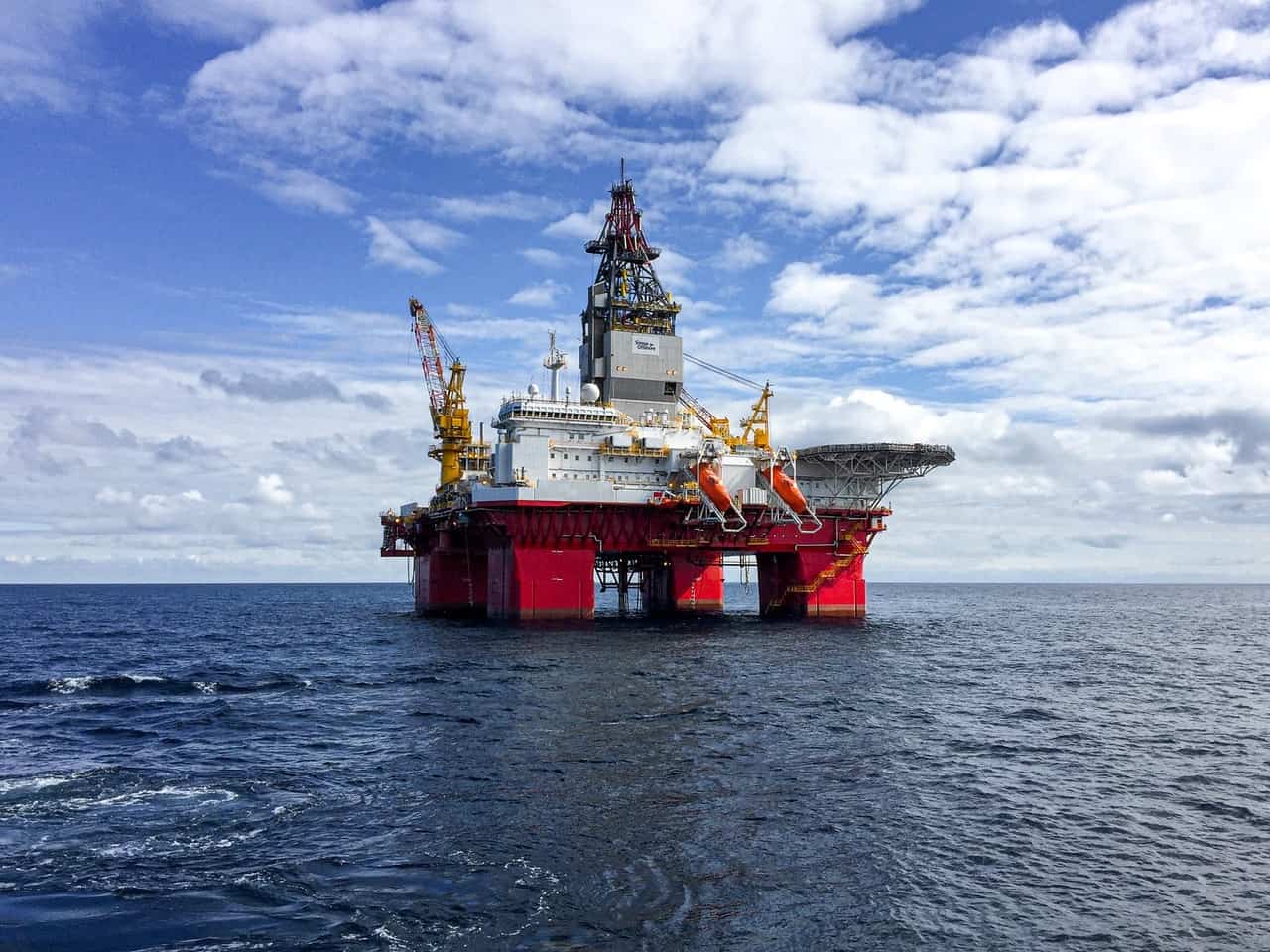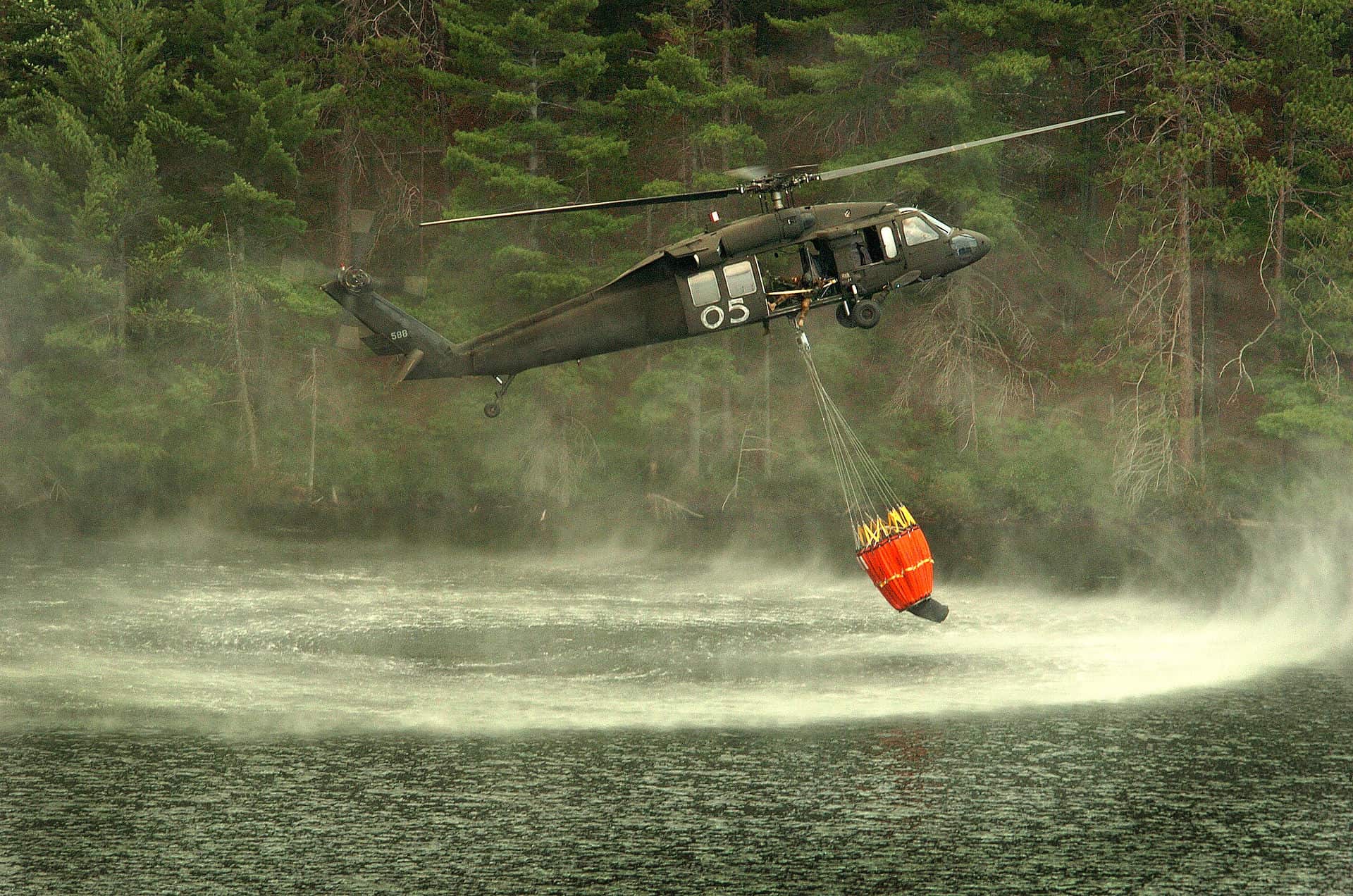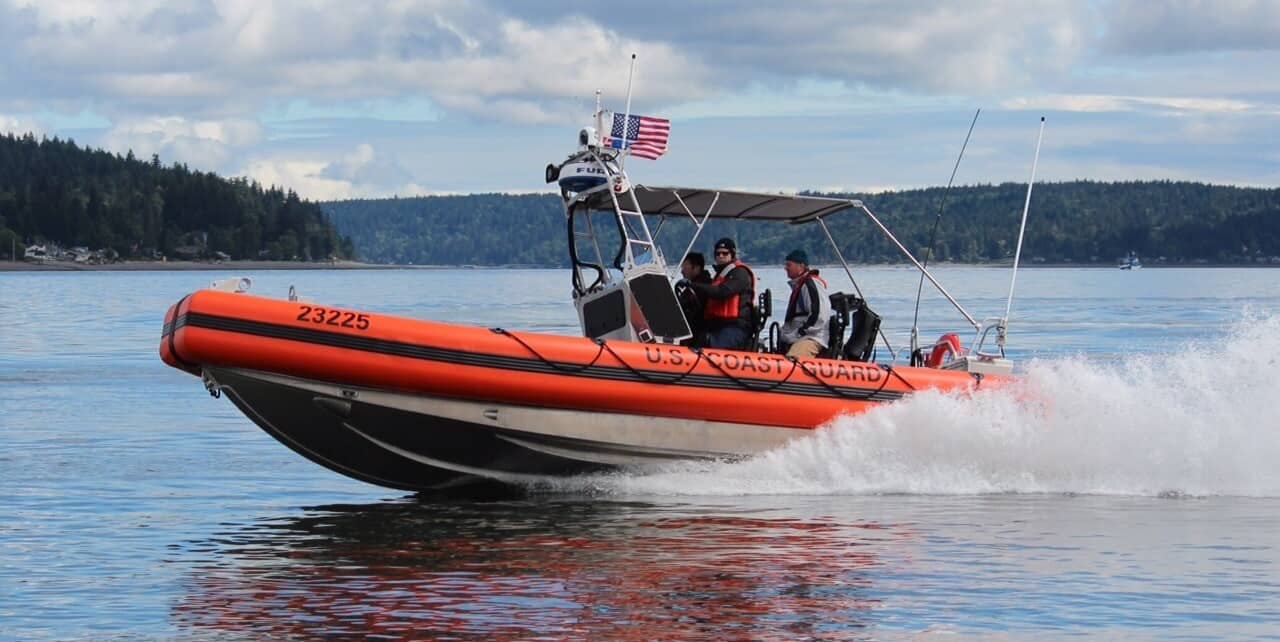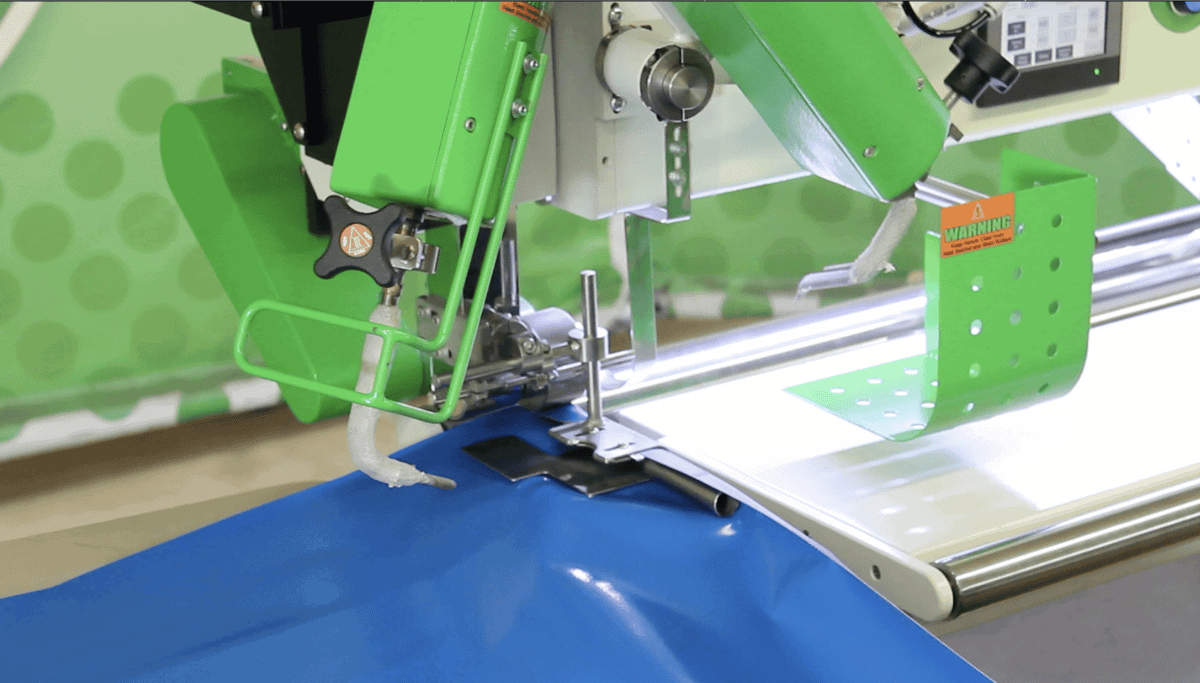Spill Containment Solutions: Development Considerations 
Environmental Control, International StandardsAug 21, 2022
Spills and accidents are an associated risk when you deal with hazardous liquids like chemicals, oils, and industrial waste. Pollution is already a global problem and such spills further increase its severity. That’s why it is the industry’s responsibility to ensure appropriate protection against soil and water pollution by having contingencies for spills.
What are spill containment booms?
No matter how many preventive measures you’ve taken, it’s a fact that a spill can happen at any time because you can’t completely eliminate its chances. Therefore, you must have some
It is essential to ensure the most effective preventative measures are in place to minimize and control the damage to the environment in a case of an offshore spill.
Containment booms are an affordable and effective solution that prevent spills from polluting the soil and water in nearby areas. Depending on the application, they are either deployed after the spill or remain operational as part of a preventive setup. Generally, spill containment solutions are commonly applied in offshore applications where there is a risk of hazardous liquids leakage.
Material Selection for SPILL CONTAINMENT
Chemical and liquid containment are among the most versatile industrial applications out there. From oil-based products for the energy sector to agricultural fertilizers, and much more. All chemical compounds react differently and have an adverse effect on the environment.
It’s impractical to set an industrial standard for spill containment solutions because there is no one-size-fits-all solution. However, it’s the business’s responsibility to ensure that the composition they select is appropriate for their specific application.
For example, if you are planning to use a secondary containment for fuel or oil-based chemicals, then cheaper PVC fabric would not be a viable choice as it breaks down when exposed to hydrocarbons.
Moreover, physical characteristics like thickness, strength, and coating are equally important. Any successful containment application requires both the correct material and design parameters. Failure in any aspect would give you inadequate protection and create issues down the line.
Various material combinations are suitable for spill containment. The following four materials are most commonly used in the industry.
- Synthetic rubber
Synthetic rubber is commonly used across the industry to mechanically separate areas with a risk of a spill. While rubber is also viable for marine use, it isn’t the best choice because of its tendency to deteriorate under UV exposure. An excellent choice for on-ground containment.
- PVC
A popular choice due to its effectiveness as a containment solution. PVC comes at a lower cost, its properties include flexibility, and overall durability. PVC booms don’t have specific production requirements, which makes them a perfect choice for containment applications. PVC does not work well with petroleum compounds which limits its use in oil containment.
- TPU & Ethylene Interpolymer Alloy
A popular choice due to its pricing advantage close to that of PVC. TPU & Ethylene Interpolymer Alloy has superior physical properties such as abrasion, excellent flexibility, durability, and chemical resistance.
- Thermoplastic Polyurethane (TPU)
TPU is an ideal choice that works well in the harshest of conditions due to it’s flexibility, elasticity, recyclability, and process-ability. Today, it’s the most recommended material for marine-based booms because of its ability to withstand every single chemical, physical, and environmental contaminant in the sea. Moreover, TPU is also reusable and immune to deterioration due to UV exposure, which is perfect for long-term applications.
Considerations For Varying Spill Containment Applications
Spill containment solutions are used in both static and dynamic applications. Depending on their use, there are some factors to consider before deployment. Fabric requirements will vary based on the application.
The first, prevention of oil leaks of off-shore rigs and oil tankers at sea where the given situation at sea often means intense waves and currents.
The second, coastline protection containment of jellyfish, marine garbage and floating or submerged pollutants both on the surface and below water but it is in a more controlled environment and the substances needed to be contained are mostly in solid form.
When it comes to oil leaks, the repercussions can be disastrous for the local ecosystem, so a fast and effective response is mandatory. Your manufacturer can help you select the best material and develop rapidly deployable solutions of varying thickness and specifications to ensure that you are ready.
Another solution to look at are fold-and-go berms that are commonly used for dynamic applications that need to be abrasion-resistant. Similarly, you must also consider the deployment area before deciding the material. For rocky terrain with a lot of sharp objects, it’s better to use ground mats for additional protection.
EPA and OSHA Guidelines For Secondary Containment
As discussed before, it is the company’s responsibility to ensure that there are appropriate contingencies to prevent any environmental damage in the case of spills. Neither OSHA nor EPA standards dictate how your secondary containment must look like. That’s why you’ll see a wide variety of material options and viable designs in the market. You only need to make sure that whatever measures you take are enough for the application. You are safe from any legal action or environmental damage liability as long as your secondary containment can hold the spill and keep the environmental damage to a minimum.
Seeking Guidance on spill containment development?
When it comes to determining the material, design, and other specifications for your spill containment solution, Erez can be the best resource for you. We have been in the industry for multiple decades and can recommend the best course according to your application. Whether you need help with simple Graywater containment or the most harmful chemicals, Erez will have the best solution for you.
Share this Post




